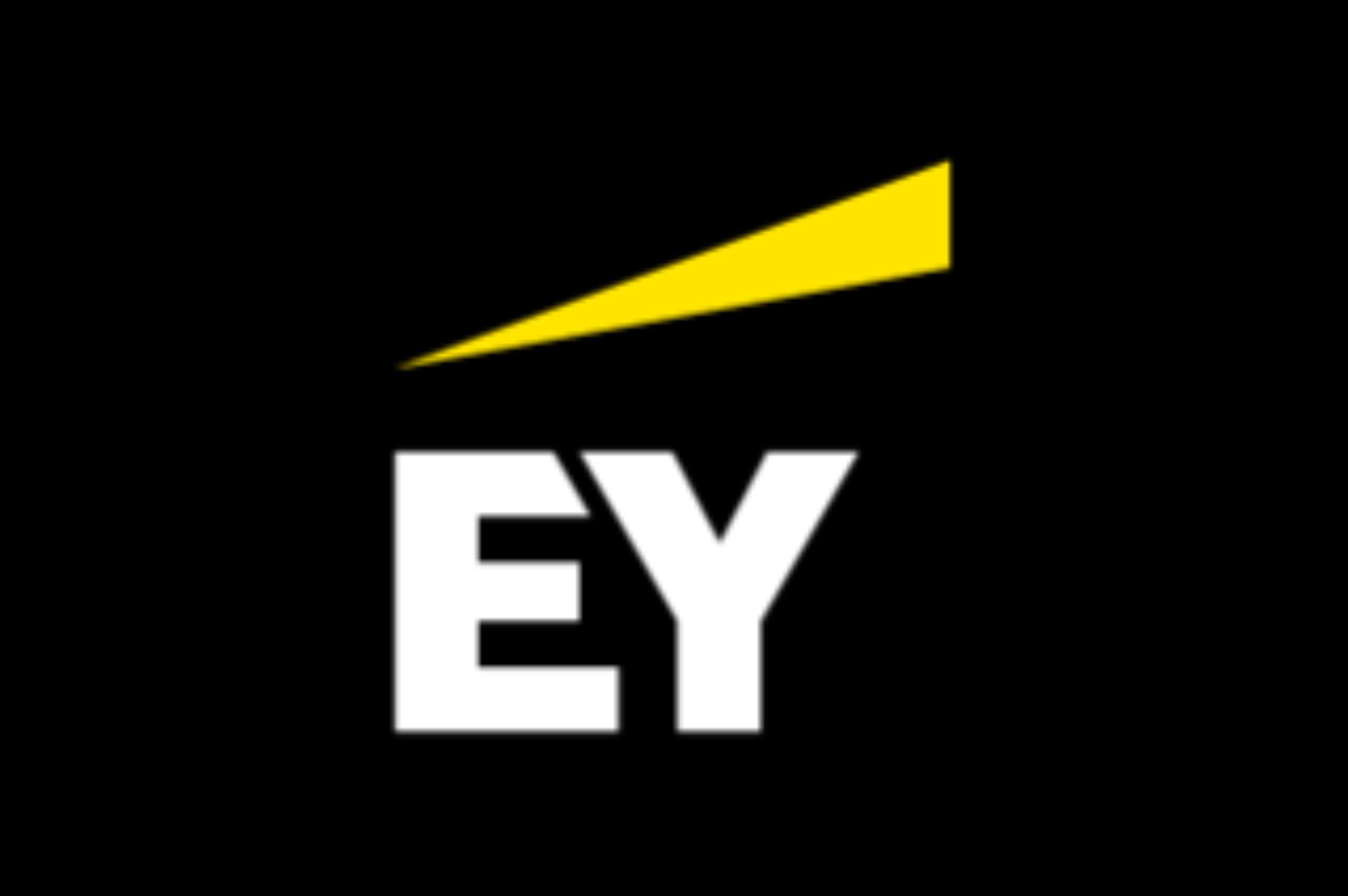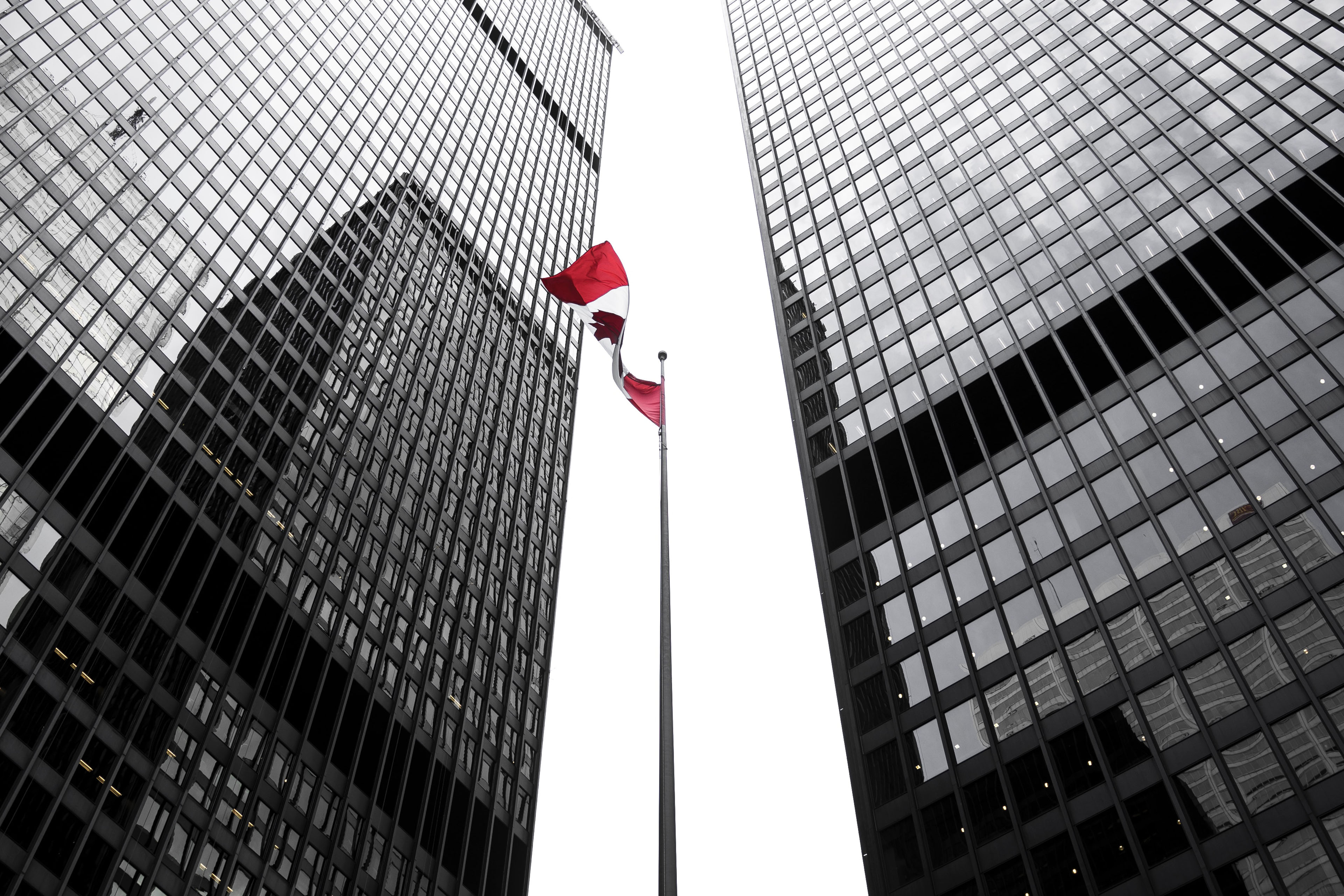EY Law LLP is a Canadian law firm, affiliated with Ernst & Young LLP in Canada. Both EY Law LLP and Ernst & Young LLP are Ontario limited liability partnerships. For more information about the global EY organization please visit www.ey.com.

Tax Alert 2025 No. 31, 04 June 2025
On 20 May 2025, the Canada Border Services Agency (CBSA) released a revised version of Customs Notice 25-19, United States Surtax Remission Order (2025) (Customs Notice). This notice, which was originally published on 17 April 2025, contains new information about the application of the United States Surtax Remission Order (2025) (Remission Order).1 The Remission Order provides a six-month relief period for surtaxes on certain goods imported from the US, including goods used to support public health, health care, public safety and national security objectives, as well as goods imported for use in Canadian manufacturing, processing, and food and beverage packaging.
The Customs Notice contains guidance on the eligibility of goods for remission under the Remission Order. The information does not have the force of law and reflects the CBSA’s interpretation of the relevant provisions of the Remission Order. As the updated Customs Notice contains information that is not found in the Remission Order, importers should seek advice regarding the application of the Remission Order.
This Tax Alert provides a brief summary of the relief provisions contained in the Remission Order and highlights the new guidance in the revised Customs Notice.
Background
The Remission Order was issued on 16 April 2025 under section 115 of the Customs Tariff, S.C. 1997, c. 36. It provides a temporary six-month relief period for surtaxes paid or payable under the United States Surtax Order (2025-1), the United States Surtax Order (Steel and Aluminum 2025) or the United States Surtax Order (Motor Vehicles 2025) (collectively, the Surtax) in respect of eligible goods.
For eligible goods, certain conditions must be met in order for an importer to obtain relief under the Remission Order. These include:
- The good is imported into Canada on or after the date the relevant Surtax came into force and before 16 October 2025;
- No other claim for Surtax relief has been granted under the Customs Tariff for the good; and
- The importer applies to the Minister of Public Safety and Emergency Preparedness for remission within two years after the importation date.
Imports related to public health, public safety and national security purposes
Pursuant to section 1 of the Remission Order, remission is available for goods imported by or on behalf of certain prescribed organizations or authorities. For example, these entities include government/clinical health research organizations, organizations that produce/store medical countermeasures, the office of a public health official, law enforcement agencies, the Canadian Forces and the Department of National Defence.
The revised Customs Notice provides guidance for retailers, such as a pharmacy, that store medical goods but also sell goods without a public health purpose. The retailer could claim remission for medical goods imported for their own use, or prescribed to patients by health professionals, but could not claim remission for goods for general sale.
Imports related to health care
Pursuant to section 2 of the Remission Order, remission is available in respect of goods imported for use in medically necessary health care services provided at hospitals, long-term care facilities, health care or dental clinics, and certain laboratories. Additionally, goods imported by or on behalf of the following entities are eligible for remission:
- An entity providing products and services related to blood, cells, tissues or organs for medically necessary health care services; or
- A federal, provincial, local or Indigenous health authority.
Immediate sales to an eligible entity
Commercial importers may claim remission for imported goods that are intended for immediate sale to an eligible entity described in sections 1 and 2 of the Remission Order.
Manufacturing and processing, or packaging for food and beverages
Pursuant to section 3 of the Remission Order, remission is available in respect of goods imported for use in manufacturing or processing of any good, or packaging of food products and beverages.
According to the Customs Notice, remission is available if the importer or consignee of the goods performs the manufacturing, processing or packaging. Relief is also available for goods that are imported for immediate sale to a person that conducts these activities.
The CBSA’s guidelines set out in the Customs Notice do not distinguish between manufacturing and processing. Additionally, the guidelines introduce limits to eligibility for relief under the Remission Order that are not expressly referenced therein.
In the Customs Notice, the CBSA explains that importers in the industries identified in the North American Industrial Classification System (NAICS) chapters 31–33 are intended to be the beneficiaries of remission based on manufacturing and processing. Inclusion in the NAICS is not prescribed in the Remission Order as a condition for relief.
The CBSA also stated in the Customs Notice that remission is not available for:
- Goods used in primary material production (e.g., extraction of mineral ores), even if the goods are later processed in Canada;
- Goods used for construction or other infrastructure purposes (including building materials);
- Goods that may be further processed by a business other than a manufacturing business; or
- Indirect inputs that support the functioning of manufacturing machinery (e.g., fuel), supporting materials and other items used to maintain a manufacturing and processing facility.
Remission is available for manufacturing machinery and direct inputs that become an integral part of the finished product, including where the finished product is exported.
With respect to packaging of food products or beverages, the Customs Notice clarified that the Remission Order is available for goods that are used for packaging and not for the packaged goods themselves unless the latter qualify as imports of goods used in manufacturing and processing. Remission is also not available for imports of goods that may be used for personal storage of food and beverages, such as plastic storage containers. Finally, goods that are imported for packaging food other than for human consumption (e.g., animal food) are ineligible for remission.
Goods listed in the schedule
Finally, pursuant to section 4 of the Remission Order, relief is available in respect of goods listed in the schedule to the Remission Order. Relief is based solely on eligibility of the good itself and is not contingent on any stipulated activity associated with the importer.
These goods include specialized infant formulas, medical compression garments, and sterile barrier film or pouches used in medical manufacturing.
Documentation requirements
The Customs Notice emphasizes the importance of retaining documentation to support claims for remission under the Remission Order. This includes documents that demonstrate that:
- The conditions set out in section 5 of the Remission Order have been met (e.g., the Commercial Accounting Document, purchase order, commercial invoice);
- The goods are used in manufacturing, processing or packaging activities; and
- The goods are being imported for immediate sale to an eligible entity prescribed in the Remission Order that conducts activities described in the relief provisions (e.g., manufacturing or processing of any goods).
Claiming relief
The Customs Notice provides special authorization codes required to obtain relief of the Surtax under the Remission Order. This information was included in the original notice.
Relief for goods imported under the Courier Low Value Shipment (CLVS) program2 may be obtained using the processes described in the CBSA’s Memorandums D17-4-0, Courier Low Value Shipment Program and D8-2-16, Courier Imports Remission.
The CBSA notes that it cannot issue rulings on remission orders.
Learn more
For more information, please contact one of the following EY Global Trade professionals:
Ernst & Young LLP (Canada)
Sylvain Golsse, Partner
+1 416 932 5165 | sylvain.golsse@ca.ey.com
Kristian Kot
+1 250 294 8384 | kristian.kot@ca.ey.com
Denis Chrissikos
+1 514 879 8153 | denis.chrissikos@ca.ey.com
EY Law LLP (Canada)
Helen Byon, Partner
+1 613 598 0418 | helen.byon@ca.ey.com
Jackie Leahy
+1 604 899 3534 | jackie.leahy@ca.ey.com
Carolyn Wong
+1 403 206 5022 | carolyn.wong@ca.ey.com
_____________________
1. For more information, see EY Tax Alert 2025 Issue No. 26, Latest relief measures for Canadian businesses impacted by US tariffs.
2. Generally, the CLVS program aims to streamline “reporting, release and accounting procedures for qualifying goods imported by an authorized courier” where the estimated value for duty of the goods does not exceed CAD $3,300 and the shipment does not contain goods for which importation is prohibited, controlled or regulated by an Act of Parliament.
Download this tax alert
Budget information: For up-to-date information on the federal, provincial and territorial budgets, visit ey.com/ca/Budget.

